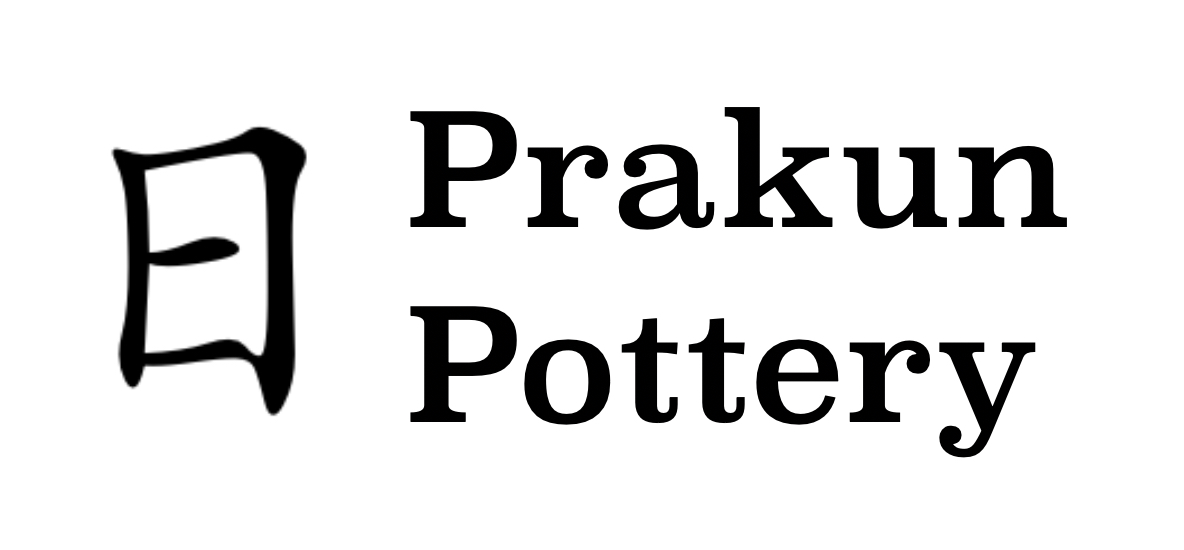Pottery Meets Heraldry
1 August 2021
My pottery shows often grow from an image that strikes in the middle of the night. This time it was the realization that bowls look like inverted shields. The thought captivated me: picture a medieval hall decorated with heraldic shields, each one turned inside-out as a serving bowl. Immediately I woke my friend Leah to tell her about it. On the basis of long friendship and a history of pottery-writing collaborations, she heard me out.
We agreed it seemed a promising riff on swords into plowshares. As we talked, it turned into an inversion of Constantine’s story as well. Go back in time with me for just a second: in 312 AD, Constantine was marching to battle his rival for possession of Rome. Around noon he saw a cross of light in the sky above the sun, and he heard a voice saying, “In this sign conquer.” So Constantine made a cross out of gilded spears. His soldiers inscribed the symbol on their shields. Then Constantine defeated his enemy, successfully launching his own empire and the fraught entanglement of cross and sword.
We wanted to tell a different story with our shield-bowls. It was past midnight, but we pulled out a mini whiteboard to scribble out our shared knowledge of icons and cathedrals. The pelican that wounds herself to feed her young. The phoenix rising in a blaze of resurrection. The peacock for immortality, and the holly and ivy for Incarnation. Leah and I filled the whiteboard with image ideas before we remembered that neither of us can draw.
Fortunately, our friend Deirdre can. When she called to ask if she could do anything for the show, I appointed her Chief of Heraldry. Within twenty-four hours, she was sending us texts of shield shapes and provenance, color combinations and meanings, and Ogham signs for trees and their symbolic properties.
I threw the bowls and painted them with underglaze, and then Deirdre joined me at the studio for an intense weekend of carving. We more or less forgot to eat, but there were nine heraldic bowls to show at the end of it. We had serious reservations about the pelican—the rim was damaged early in the carving process, and though I did all I could to repair it, clay has memory and I suspected that in the firings it would remember the break. We finished carving it anyway. To everyone’s surprise, it mended in the fire.
Detail on the Pelican chicks.


